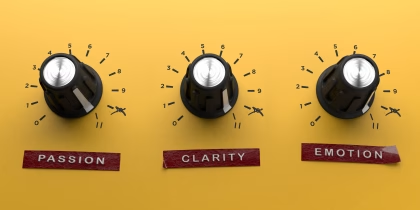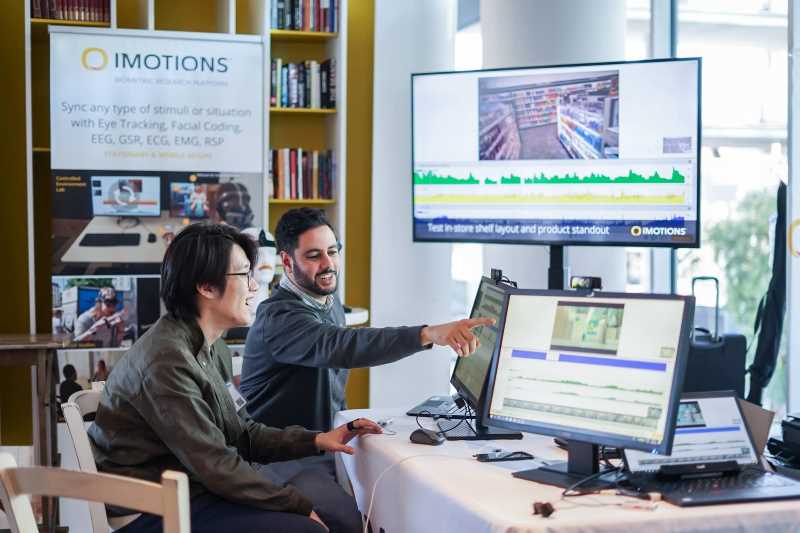Abstract: Eye-tracking technology is becoming easier and cheaper to use, resulting in its increasing application to numerous fields of research. Recent years have seen rapid developments in this area. In light of the foregoing, in the context of Cultural Heritage (CH), the definition of a modern approach to understand how individuals perceive art is challenging. Despite the art perception is highly subjective and variable according to knowledge and experience, more recently, several scientific study and enterprises started to quantify how subjects observe art by the application of the eye-tracking technology. The aim of this study was to understand the visual behaviour of subjects looking at paintings, using eye-tracking technology, in order to define a protocol for optimizing an existing Augmented Reality (AR) application that allows the visualization of digital contents through a display. The stimuli used are three famous paintings preserved at the National Gallery of Marche (Urbino, Marche Region, Italy). We applied eye-tracking to have a deeper understanding of people visual activities in front of these paintings and to analyse how digital contents eventually influence their behaviour. The description of the applied procedure and the preliminary results are presented.
Related Posts
-

Your Menu Is Your Most Powerful Marketing Asset
Consumer Insights
-

Measuring Pain: Advancing The Understanding Of Pain Measurement Through Multimodal Assessment
Ergonomics
-

Feeling at Home: How to Design a Space Where the Brain can Relax
Ergonomics
-

Why Dial Testing Alone Isn’t Enough in Media Testing – How to Build on It for Better Results
Consumer Insights



